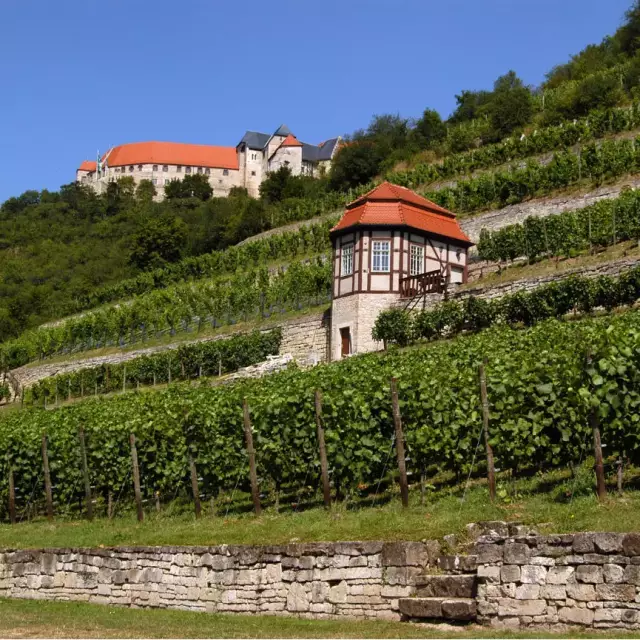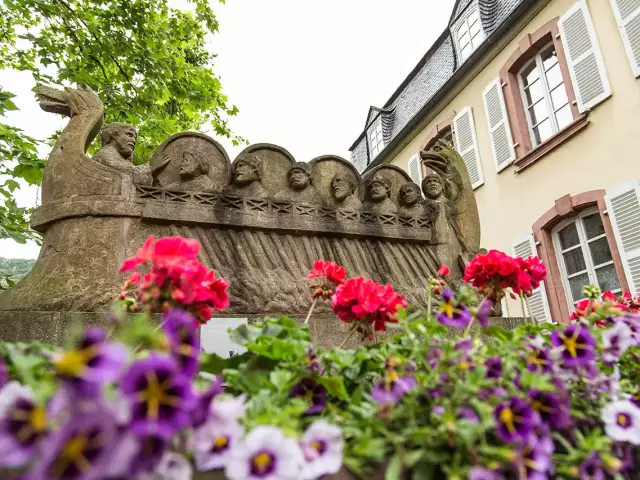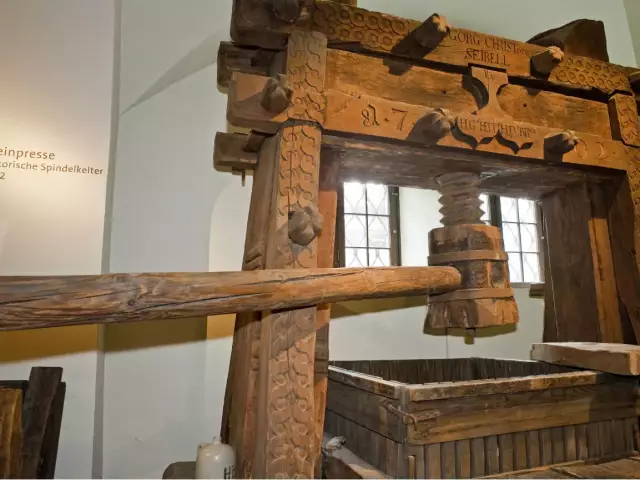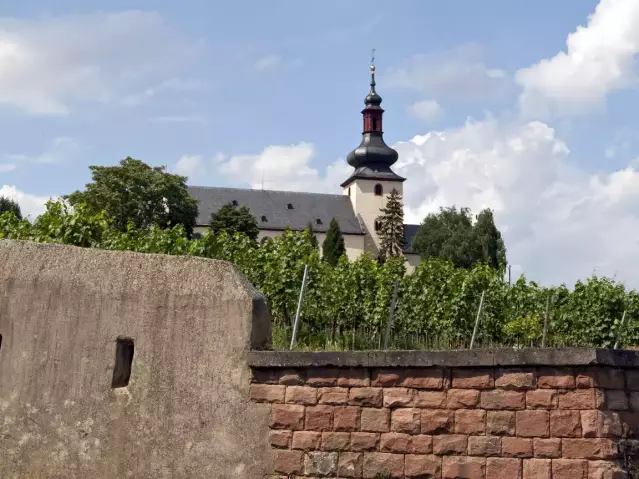The vineyard cottages of Saale-Unstrut

They are the trademark of the Saale-Unstrut wine-growing region: the vineyard houses. There is probably no other region in Germany with such a high density of houses and sometimes even real villas.
They are the trademark of the Saale-Unstrut wine-growing region: the vineyard houses. Probably no other region in Germany has such a high density of houses, huts and sometimes even real villas.
It is estimated that there are several hundred vineyard houses in the region, including true gems of their respective eras. The oldest dated example is a half-timbered tower in the Steinmeister vineyard near Rossbach, the "Steinkauz", dating back to 1555.
However, the Freyburger Schweigenberg has the highest density of vineyard houses: Here alone, there are 90 vineyard houses built between 1700 and 1800 on an area of around 20 hectares.
The Freyburger Schweigenberg is probably the most famous terraced vineyard in the region: the area of around 25 hectares is divided into five to ten superimposed terraces and subdivided into numerous small and very small plots - a true cultural monument to this traditional form of cultivation. Today, more than 40 winegrowers cultivate a total of around twelve hectares of vineyards on 65 plots. There are around ten kilometers of dry stone walls, around five kilometers of enclosing walls, several hundred meters of steps - and around 90 vineyard houses, buildings and huts.
Originally, of course, they were used to protect the workers in the vineyard, to guard the vines and to store work materials. This also explains the high density on the Schweigenberg: because the mountain was divided into many small plots and many winegrowers worked here, everyone built their own little house. As the Schweigenberg never fell victim to land consolidation, the many houses have been preserved.
Later, the vineyard cottages developed into convivial places where the owners' wine festivals were often held. Over the course of time, buildings were erected according to representative ideas and architectural styles, and sometimes purely representative or residential buildings were built. These include the villa built in 1722 by the court jeweller Carl Gottlieb Steinauer, who had this prestigious residence built above his vineyard. The pompous "Schlifterhütte" in the Schlifter vineyard in Freyburg was also built for representative purposes by the owners of the Rotkäppchen sparkling wine cellars Förster and Kloss. One of the most impressive examples is the rococo vineyard house in the ducal vineyard in Freyburg. Built around 1774 by the Electoral Saxon tax collector Carl Gottlieb Barthel, the hexagonal building stands out with its half-timbering, French roof and barrel-vaulted cellar.
However, the most famous of these vineyard houses is the "Toskanaschlösschen" in Freyburg's Schweigenberg: this gem is currently being restored.




